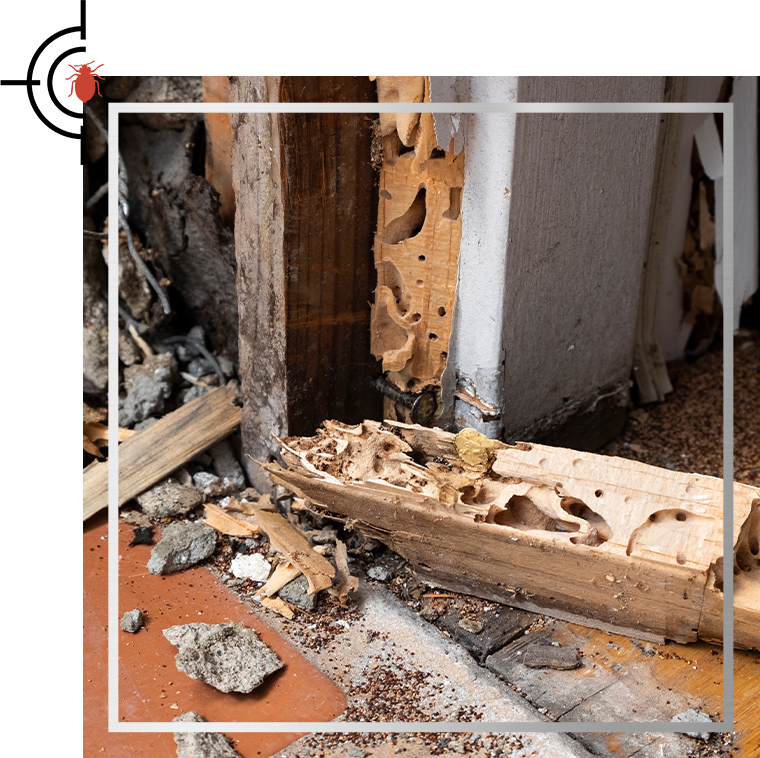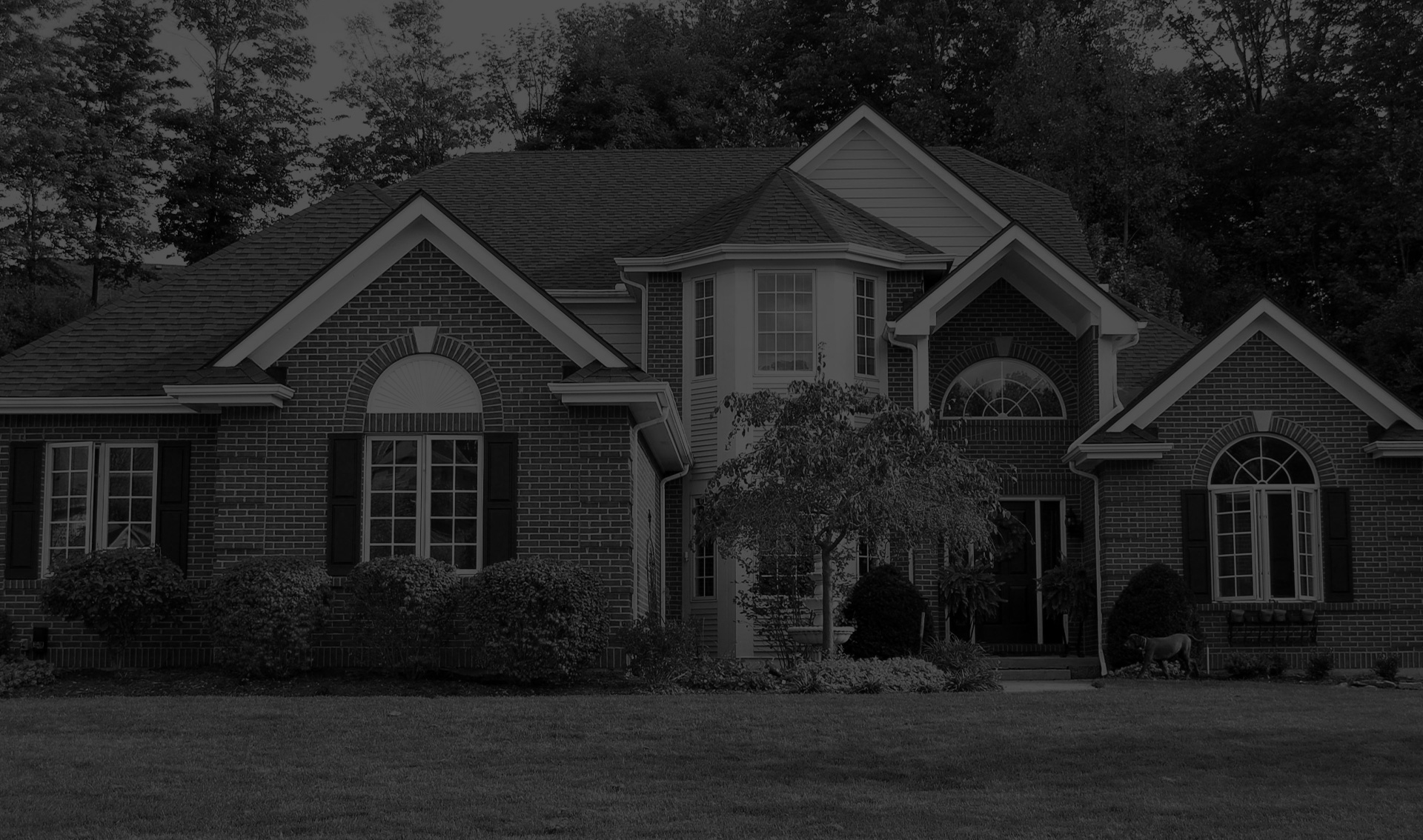
Termite Control In Smithfield
Termite Elimination & Prevention in Rhode Island, Massachusetts, & New England
Effective termite control is essential for protecting homes and businesses in Smithfield, where humid conditions and seasonal moisture create an ideal environment for termite activity. Left untreated, termite infestations can compromise structural integrity and lead to costly repairs. At Pest Assassins, we provide dependable, contract-free termite control solutions designed to protect your property and deliver lasting peace of mind.
Eastern subterranean termites are common throughout Rhode Island and Massachusetts, often entering properties unnoticed and causing damage long before visible signs appear. That’s why proactive termite inspections and targeted treatment strategies are critical. Our team combines local expertise with proven systems to stop termite activity at the source and prevent future infestations.
Experience Effective Termite Control Today!
Eastern subterranean termites are widespread across Massachusetts and Rhode Island, infiltrating structural timbers and leading to costly home repairs that can escalate into the thousands of dollars. These destructive termites thrive in colonies and are classified as social insects, consisting of three primary castes: workers, soldiers, and reproductive members, which include a king and queen. Their collective effort in building and maintaining the colony makes them particularly effective at causing damage to wooden structures.
Don’t wait until you spot signs of termite activity, such as discarded wings or mud tubes; by that point, the damage may already be extensive, potentially resulting in severe repair costs that can add up quickly alongside the expenses associated with treatment and prevention.
Pest Assassins utilizes one of the most advanced, effective, and efficient termite elimination systems available in the industry. As the termites consume the bait, they return to the colony and share it with their nest mates, effectively spreading the lethal substance throughout the entire colony. This ingenious process means that as more termites consume the bait, the effects compound, ultimately leading to the demise of the entire colony, including the vital queen.
Once the colony has been successfully eradicated, Pest Assassins will not only celebrate this victory but will also carry out regular inspections of your system to ensure your property remains protected against any future infestations. This proactive approach provides peace of mind, knowing that your home is safeguarded from the relentless threat of termites.
How Do Termites Enter a Home?
Termites typically access homes through soil-to-wood contact, foundation cracks, and moisture-prone areas. Subterranean termites build mud tubes that allow them to travel from underground colonies into structures while remaining protected. Common risk factors include poor drainage, wood debris near foundations, and unsealed entry points.
Regular inspections help identify vulnerabilities early. Addressing moisture issues, sealing cracks, and eliminating wood contact around the foundation can significantly reduce the risk of infestation. Our technicians assess these conditions carefully to create a customized termite prevention plan.

Enjoy peace of mind with our flexible recurring service. Get expert pest control every quarter, without the commitment of a contract. You can cancel anytime, but we’re confident you’ll love the results!
How Does Termite Baiting Control Work?
What to Expect From Our Service
Our termite baiting systems are designed for long-term protection. After evaluating your property, a Pest Assassins technician installs bait stations strategically around the perimeter of your home or business. These stations attract termites and disrupt the colony’s life cycle from within.
As termites feed on the bait, they carry it back to the colony, gradually eliminating workers and reproductive members. This approach allows for effective colony control without invasive treatments, while ongoing monitoring ensures continued protection year-round.
Termite Baiting Service
A Pest Assassins representative will inspect your home and create a customized termite treatment plan. This plan includes installing termite baiting stations strategically around the perimeter of your home or business. If there is an active infestation inside, we will treat those visible areas of termites along with installing the bait system.
After bait stations are found by termites, they work to provide ongoing structural protection through termite colony elimination and are monitored and maintained by our service professionals quarterly throughout the year.
Our maintenance routine is vital in ensuring the system remains effective. This includes replenishing bait as needed and reassessing for any new signs of termite activity. By keeping clients informed and engaged in the process, we foster an environment where both client and service provider work collaboratively towards sustainable home protection.
Termite Elimination
While tunneling in search of a food source, termites find a Trelona ATBS bait station, feed, then leave a pheromone trail behind them as they travel back to the colony. Upon returning to the colony, they share the bait with others and recruit more termites to follow the pheromone trail back to the source.
What they don’t realize is that the bait contains an active ingredient that prevents the termites’ vital process of molting. Over time, more and more termites will have fed upon the bait and start to die, beginning the process of colony elimination.
If you have more questions or need assistance, our team at Pest Assassins is here to help you with all your termite control needs.
Trust in our commitment to sustained results means knowing that even after termite elimination, our role doesn’t end; it evolves into a protective partnership against future threats.
Frequently Asked Questions
Still have questions or can't find the answer you need? Give us a call at 877-665-2667 today!
-
What does damaged wood look like?
Termites often leave wood that sounds hollow when tapped. Look for small holes or frass, which is termite droppings, as signs of damage.
-
Should I store firewood away from my home?Yes, keep firewood at least 20 feet away from your home and off the ground to deter termites.
-
Does homeowners insurance cover termite damage?Most homeowners insurance policies do not cover termite damage.

